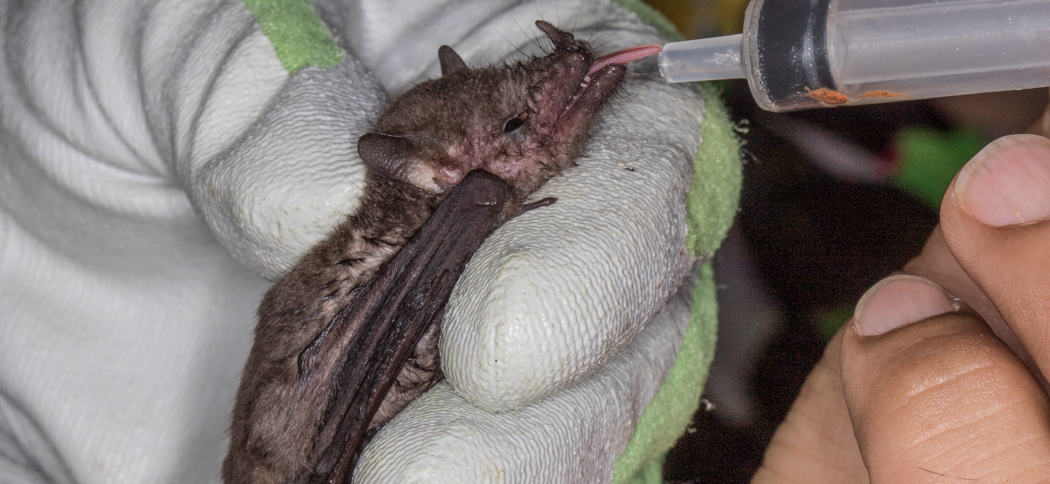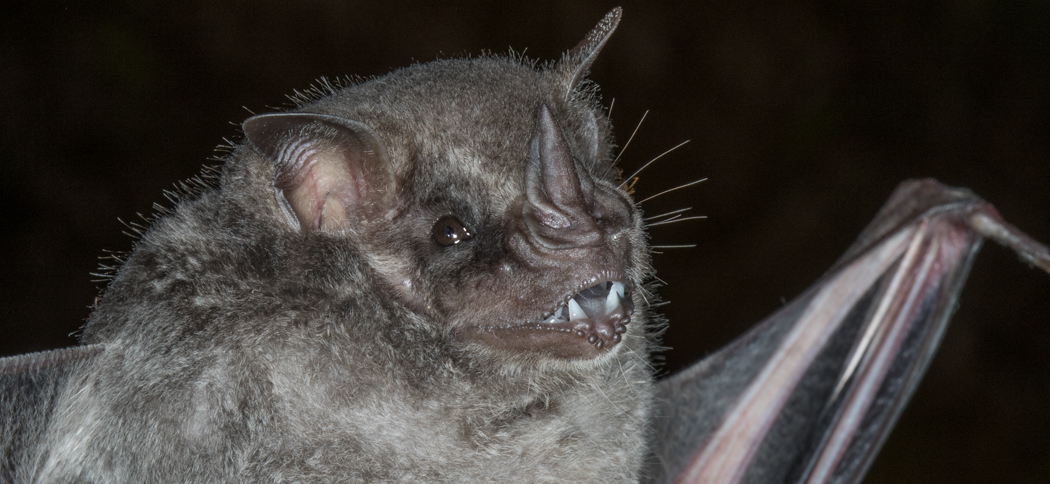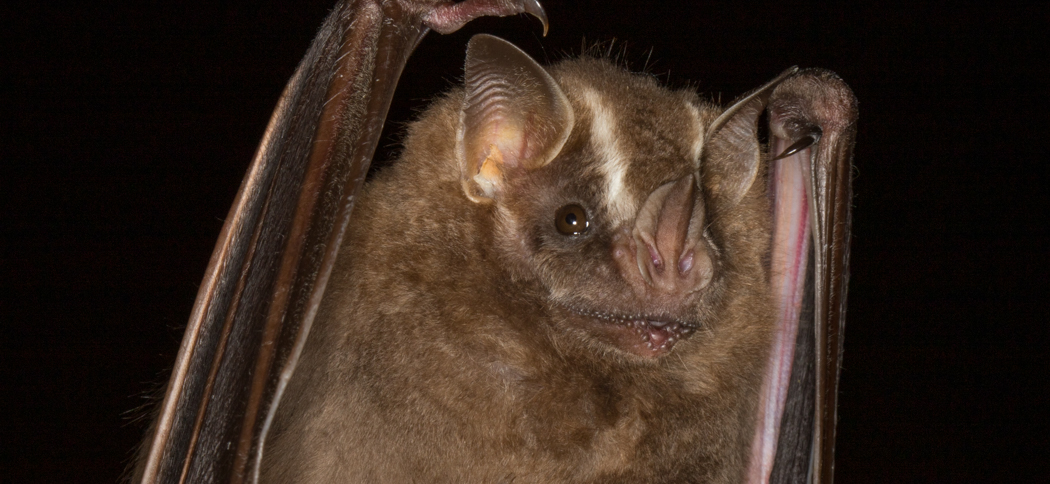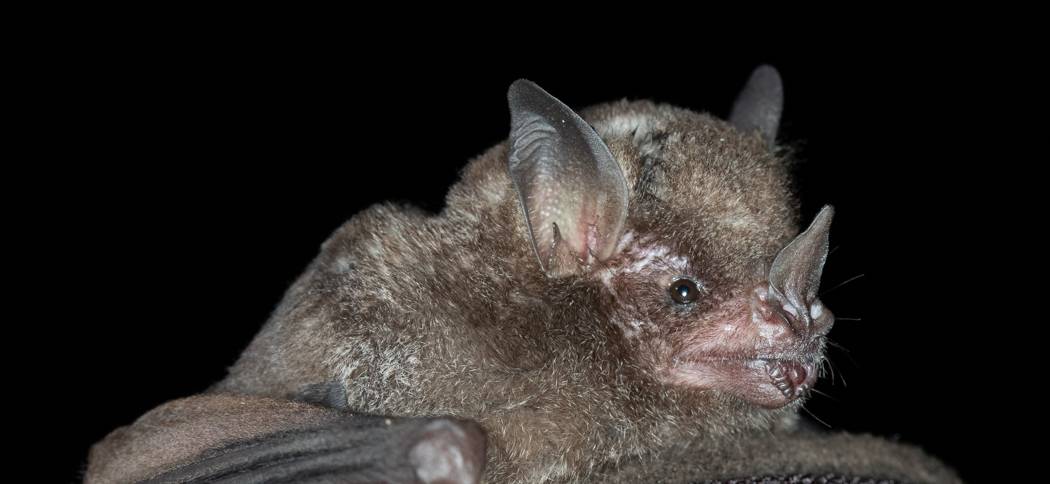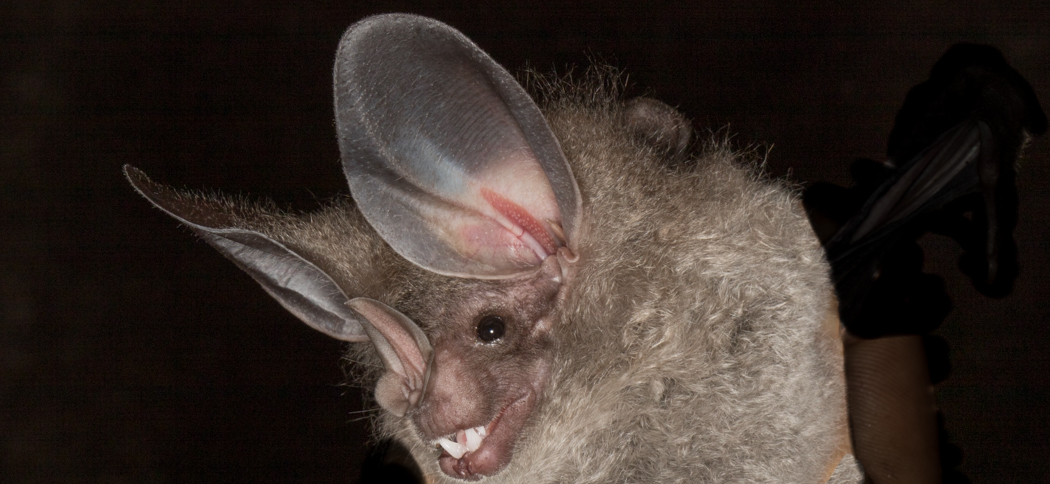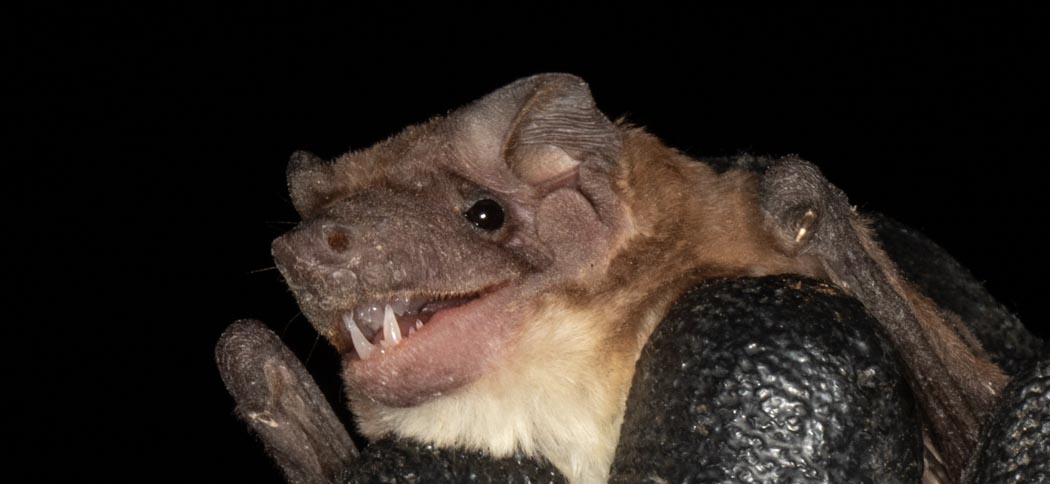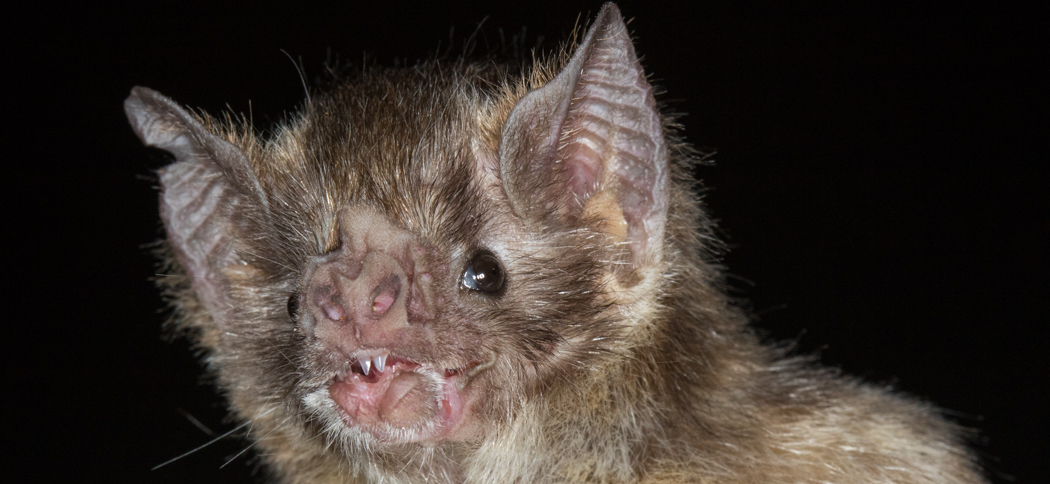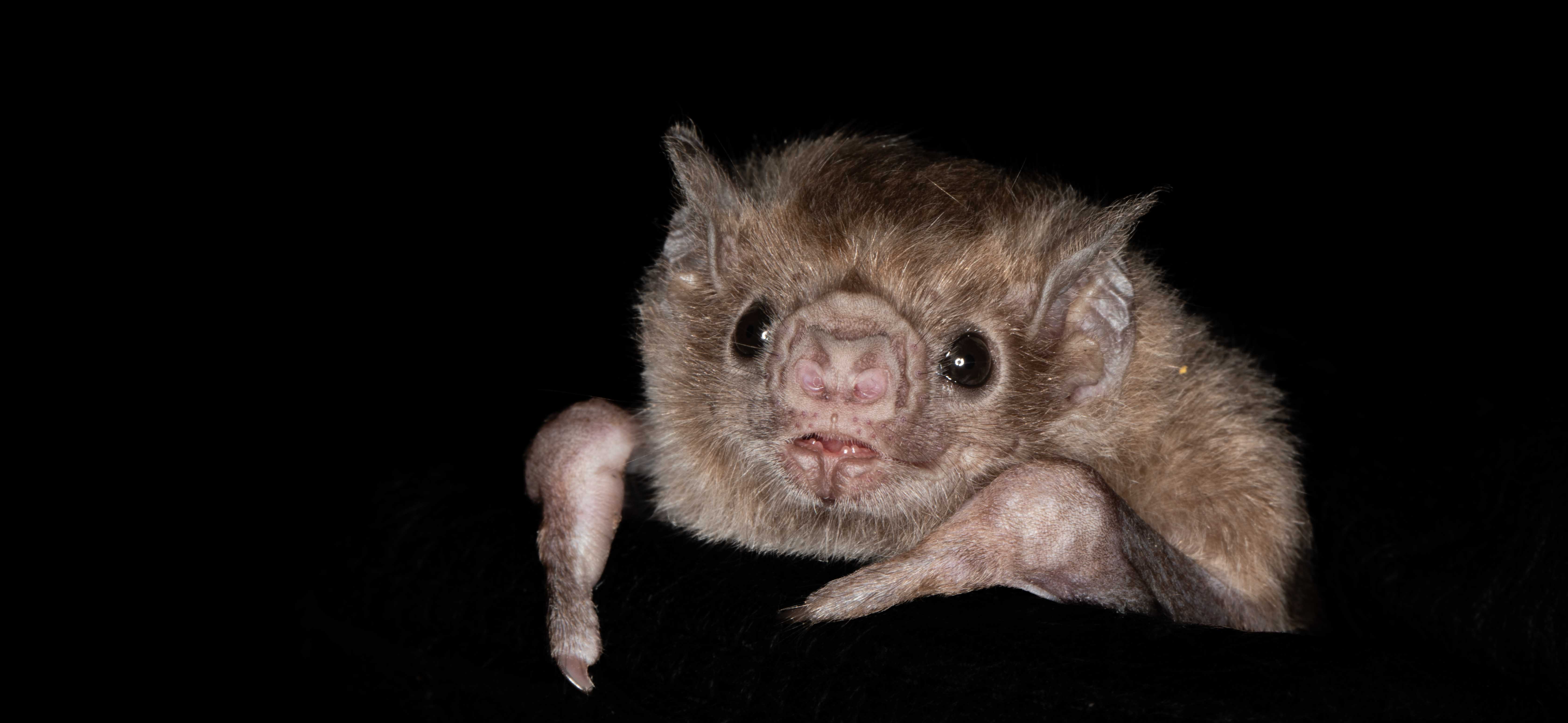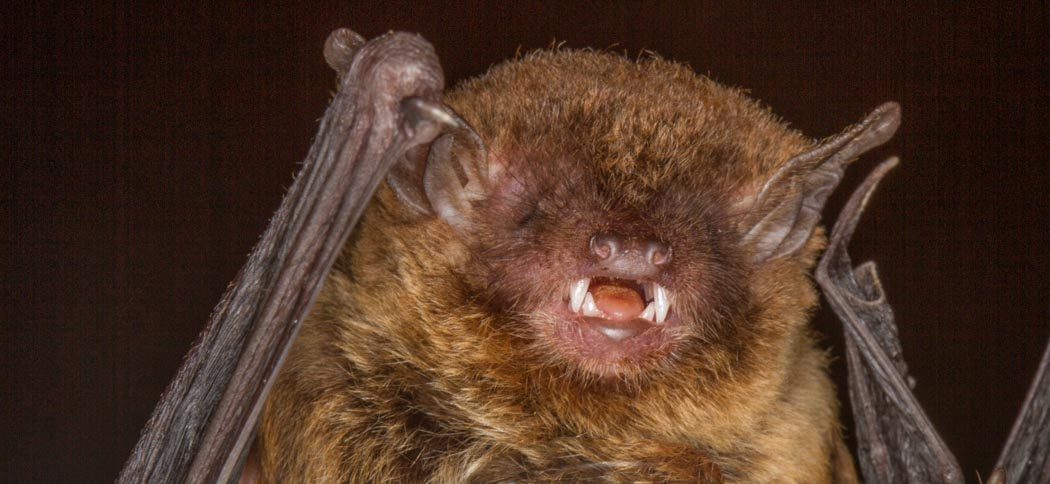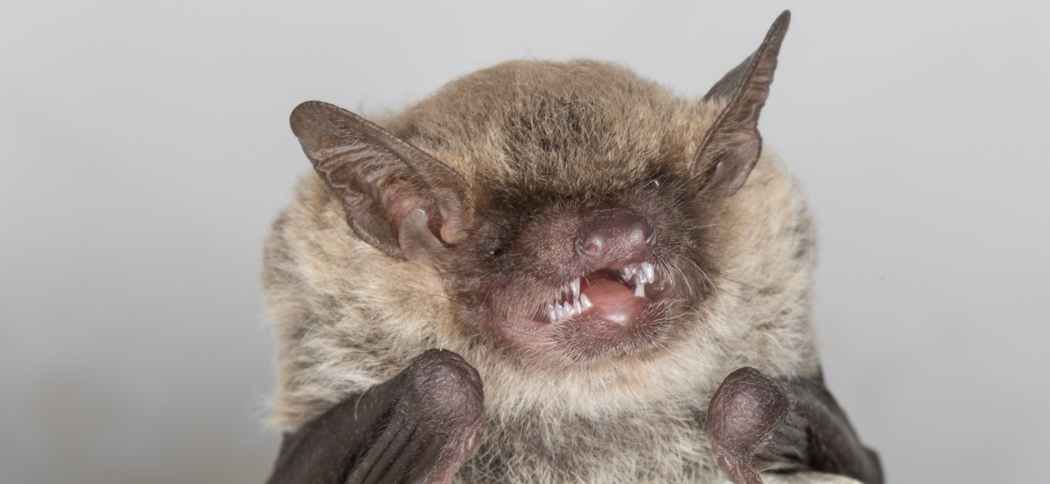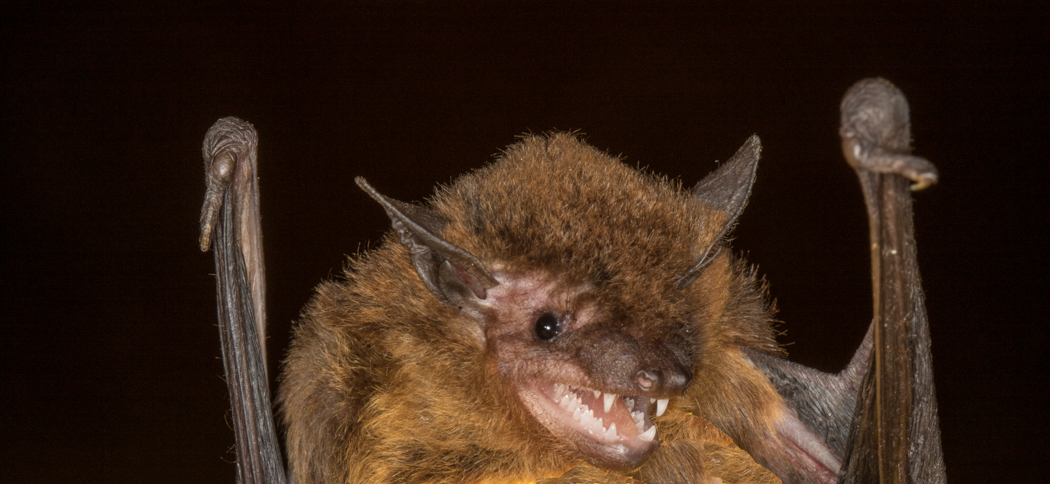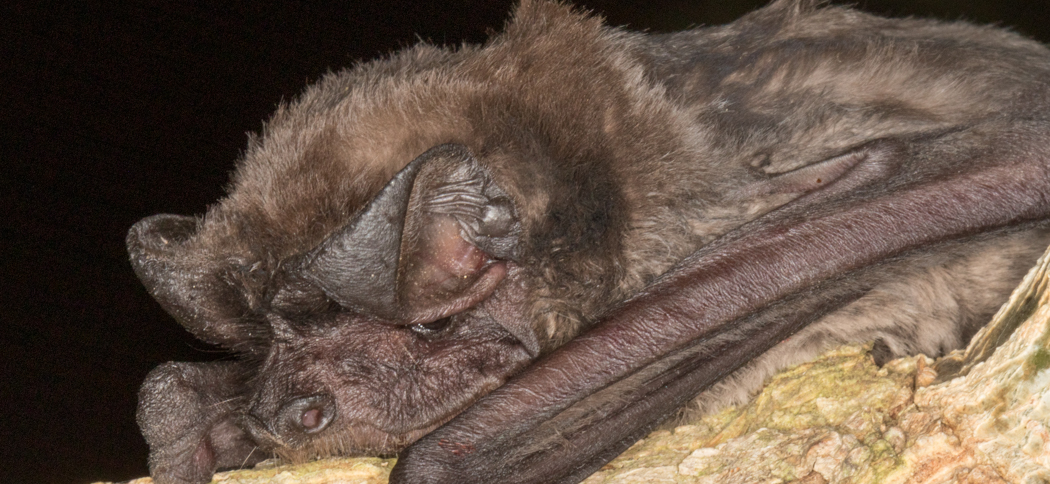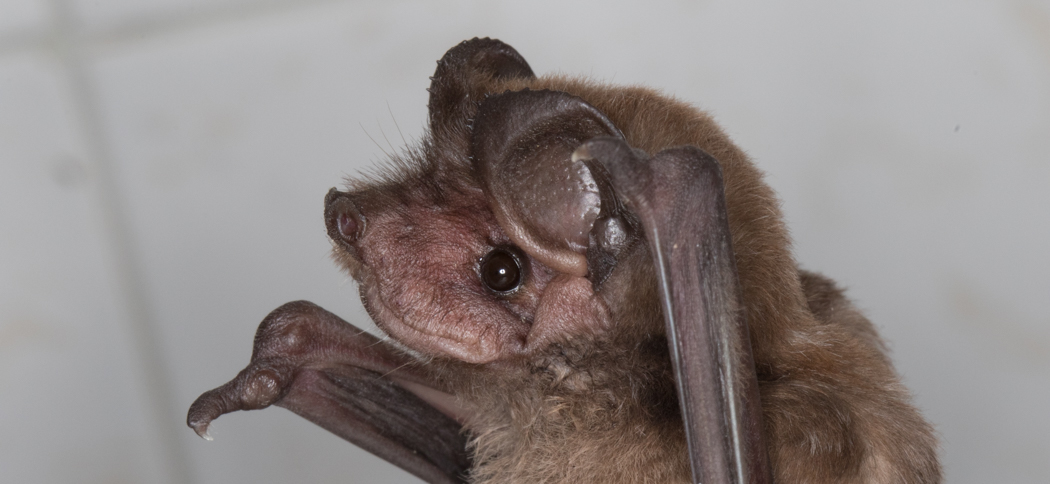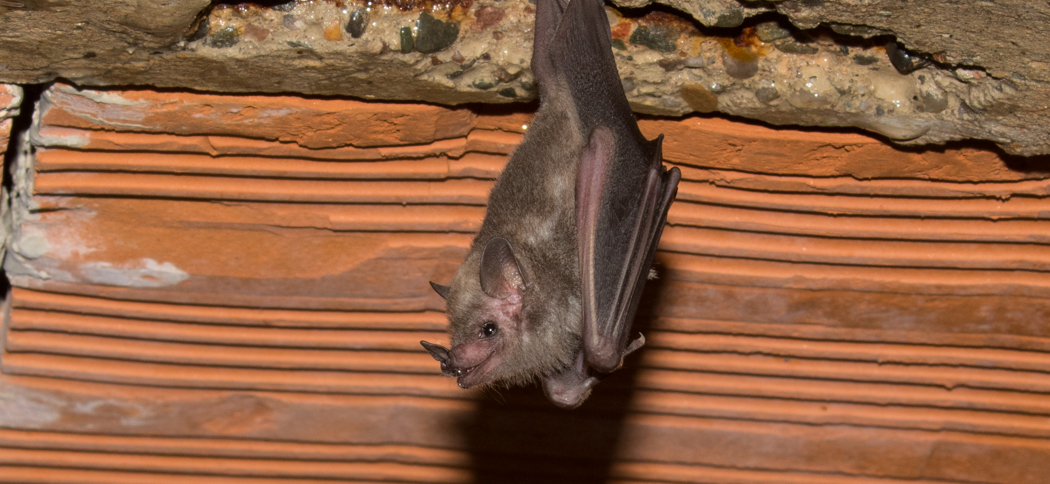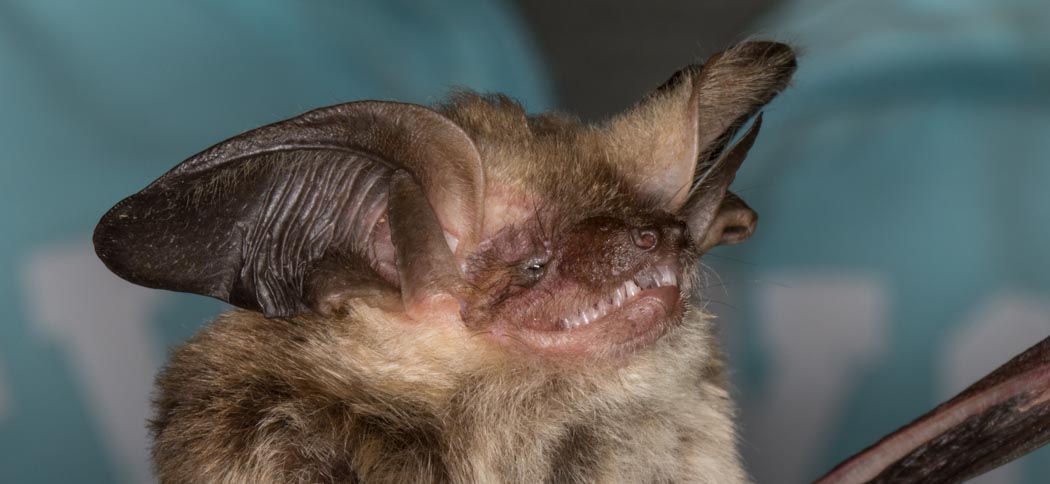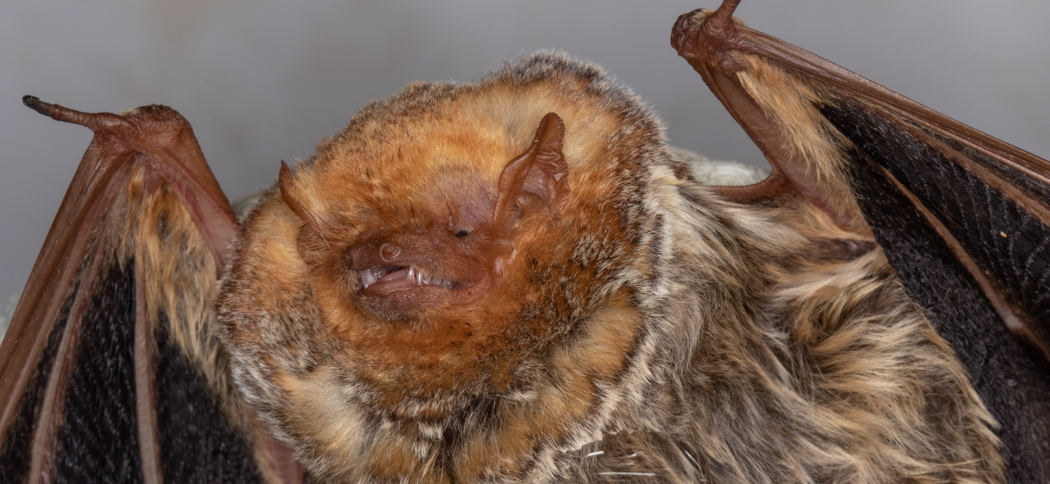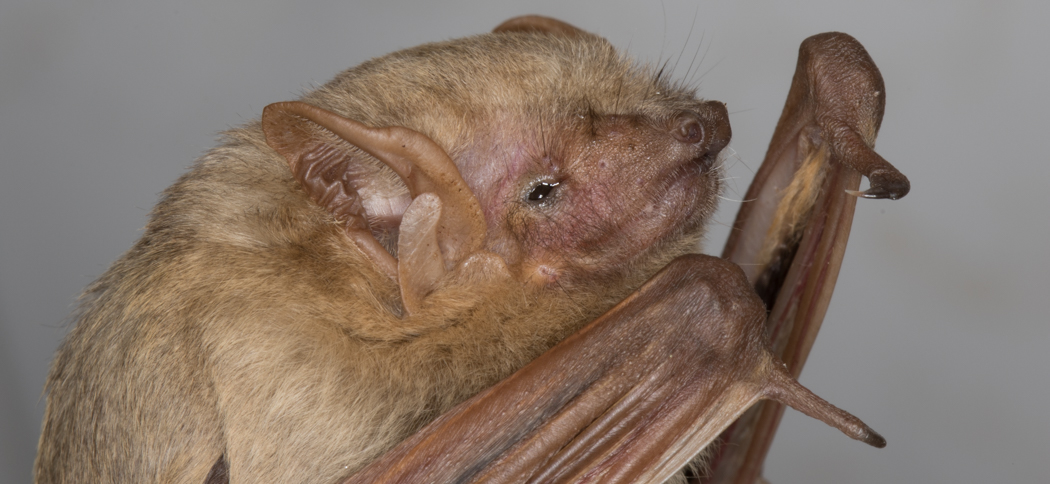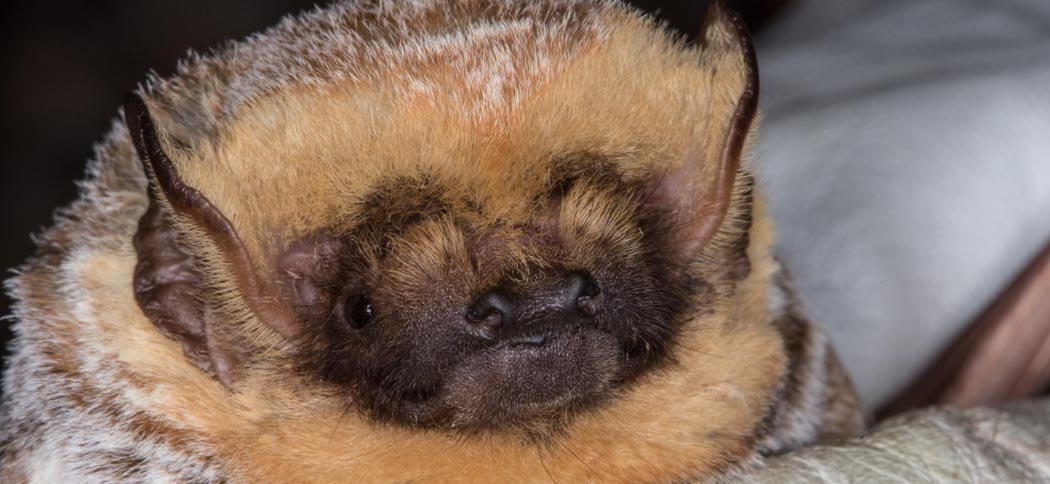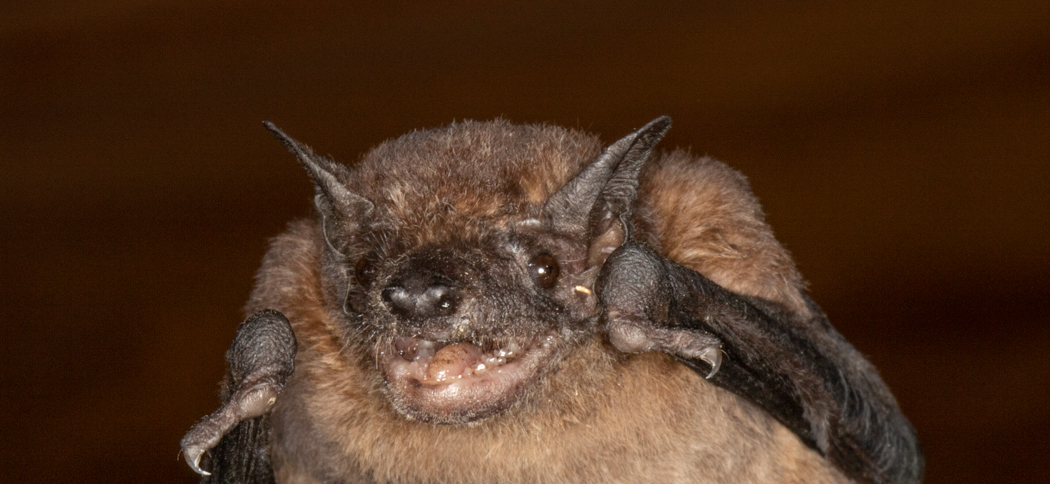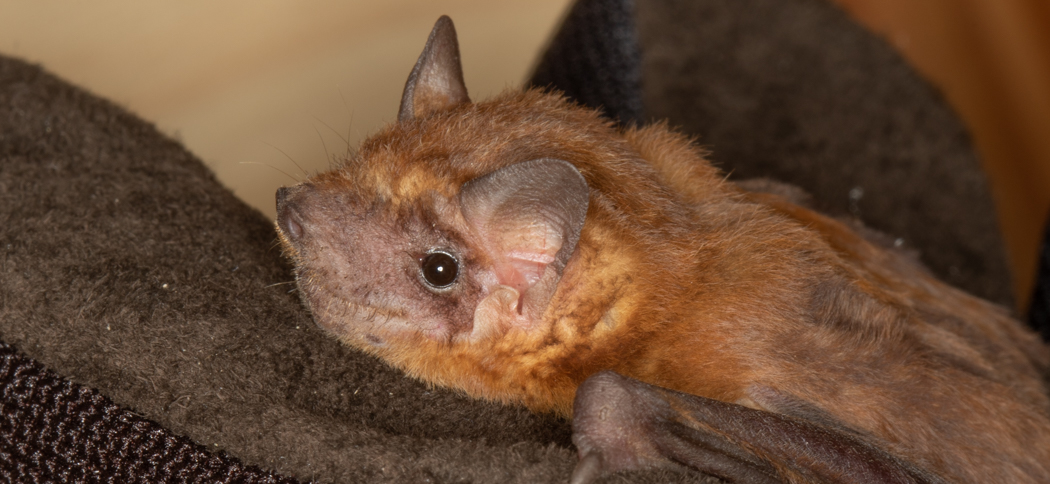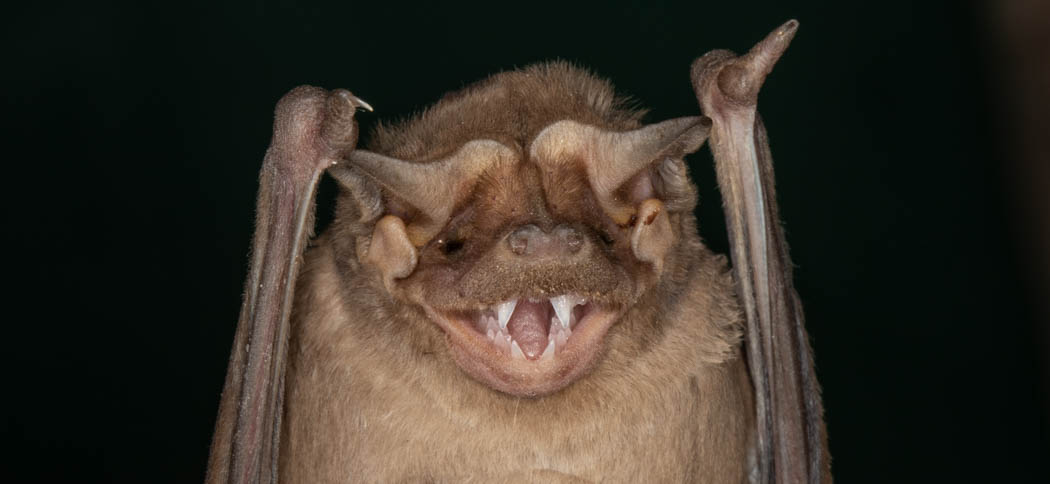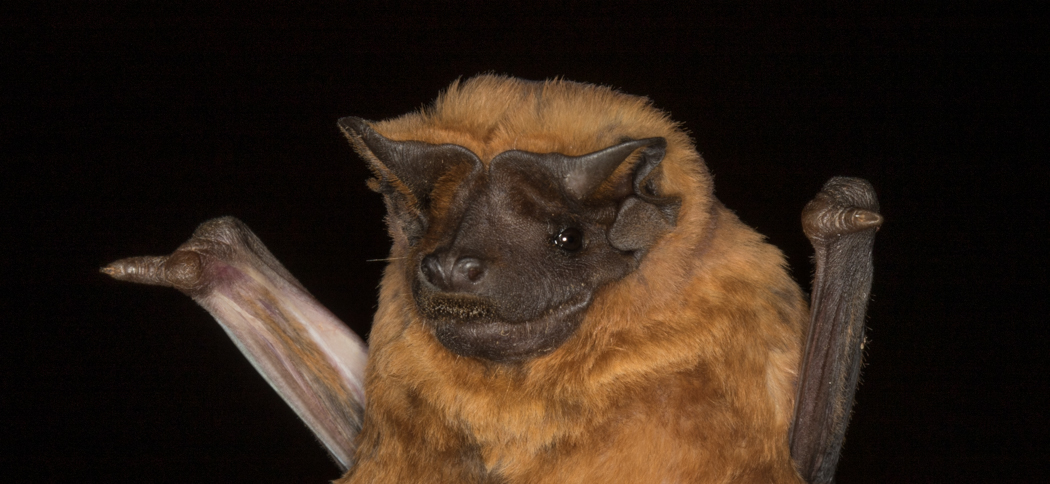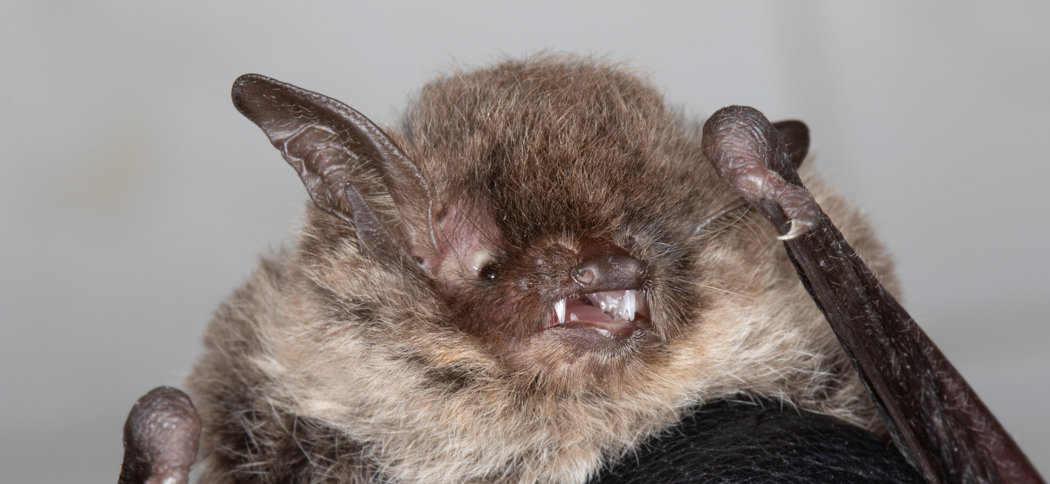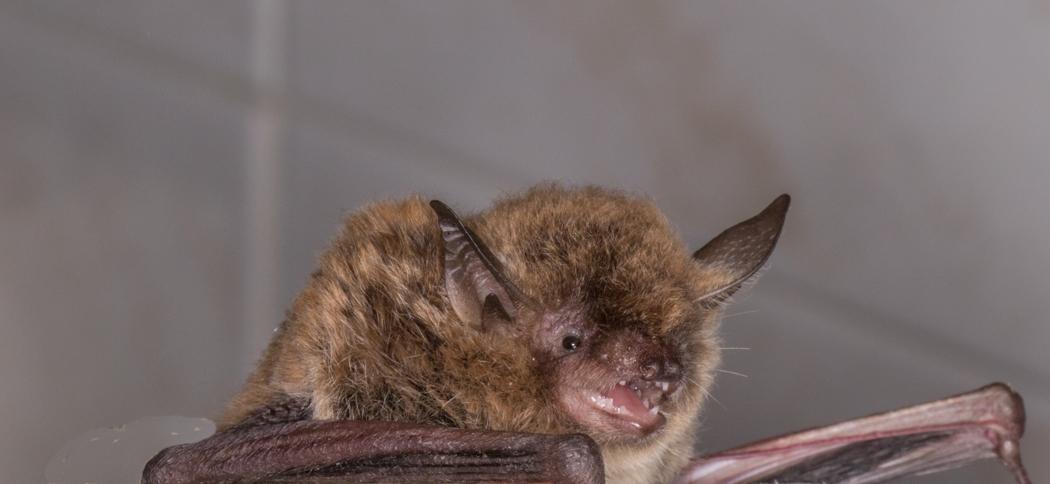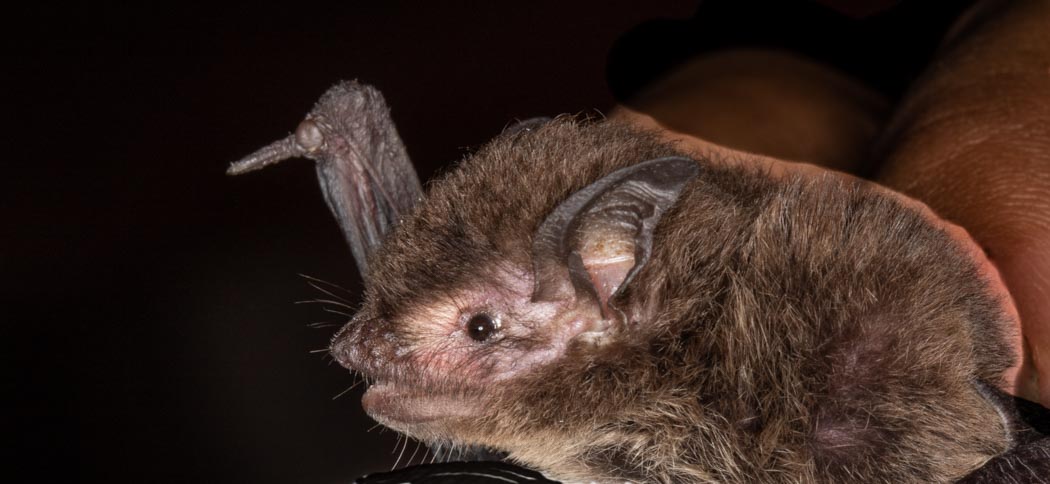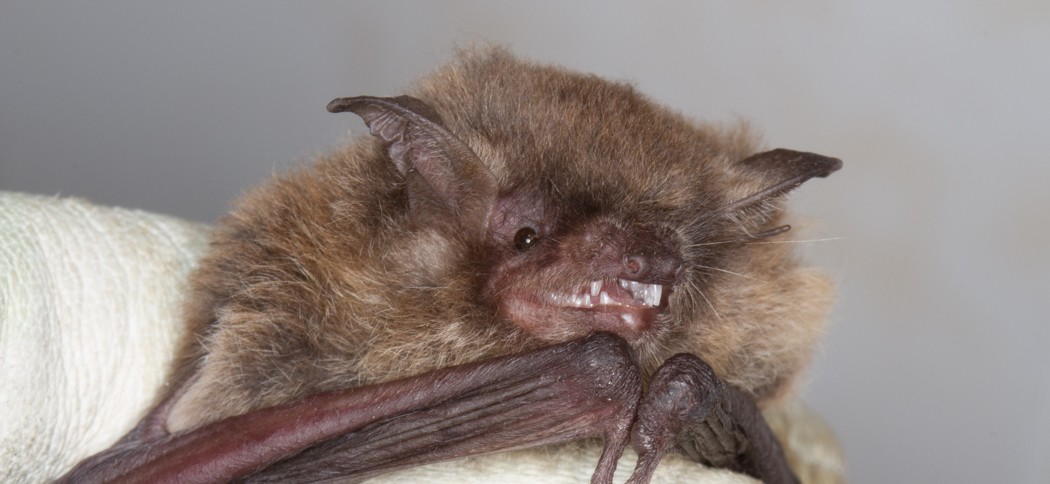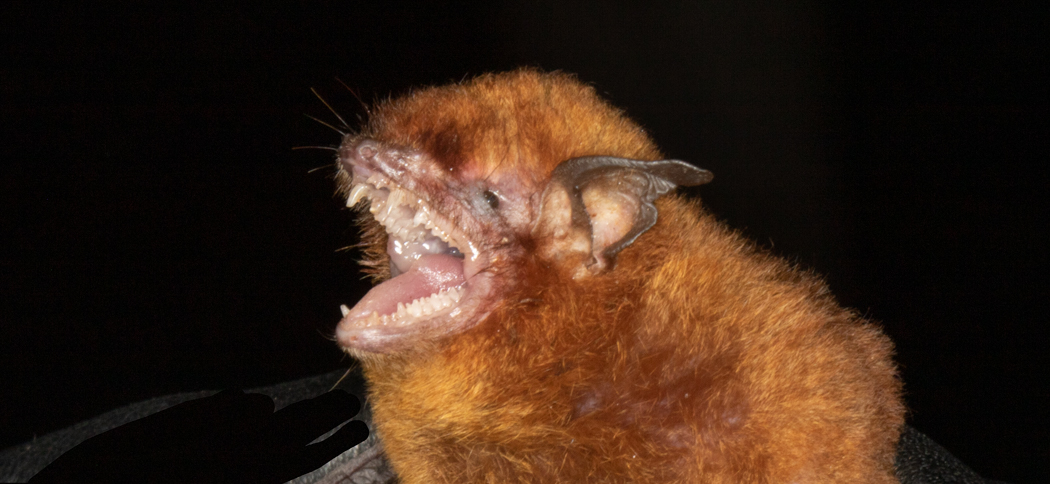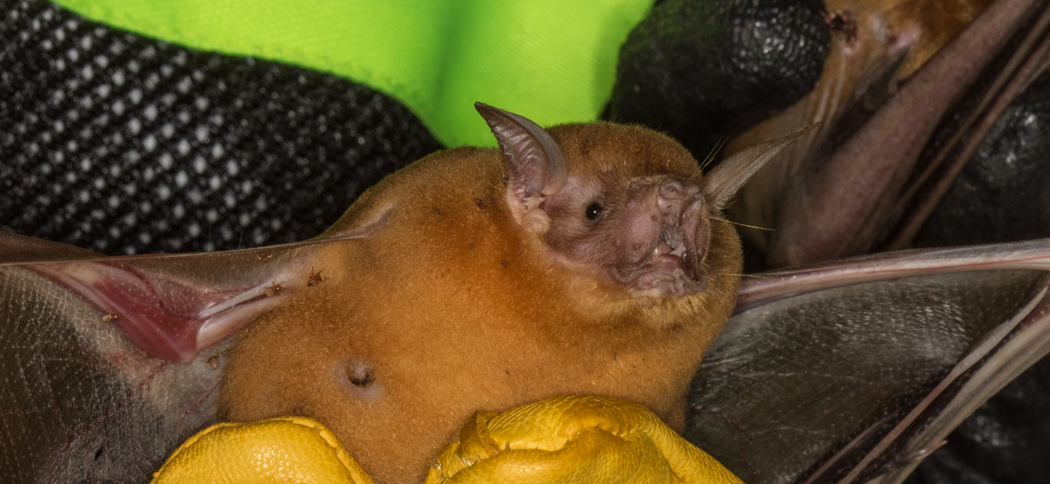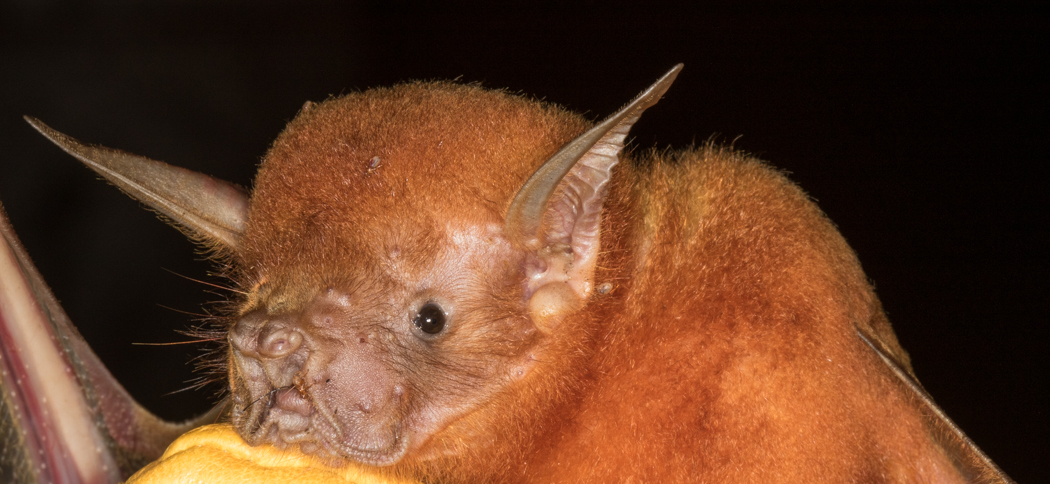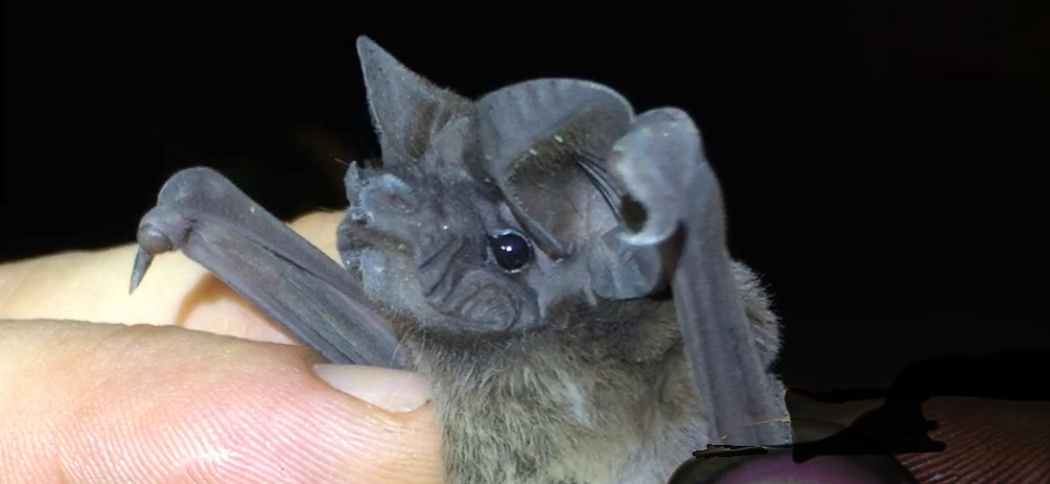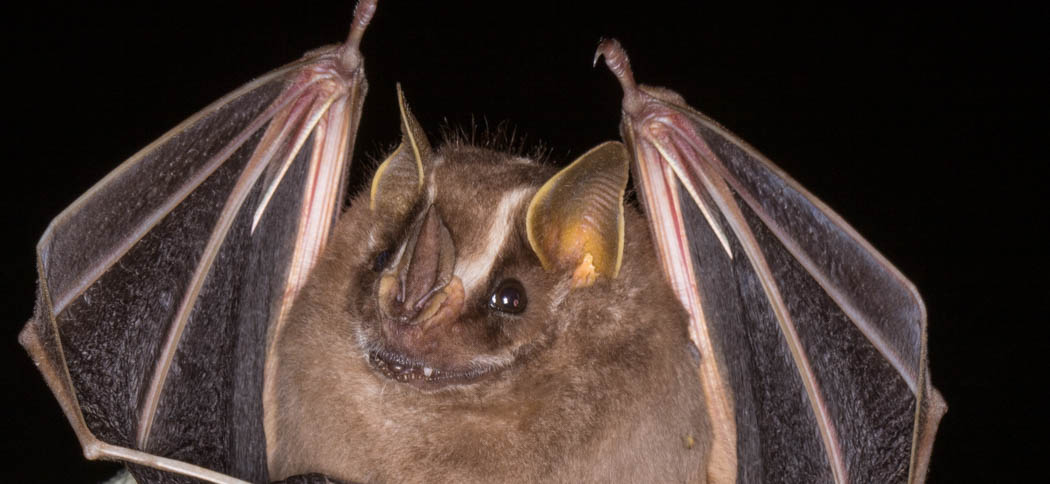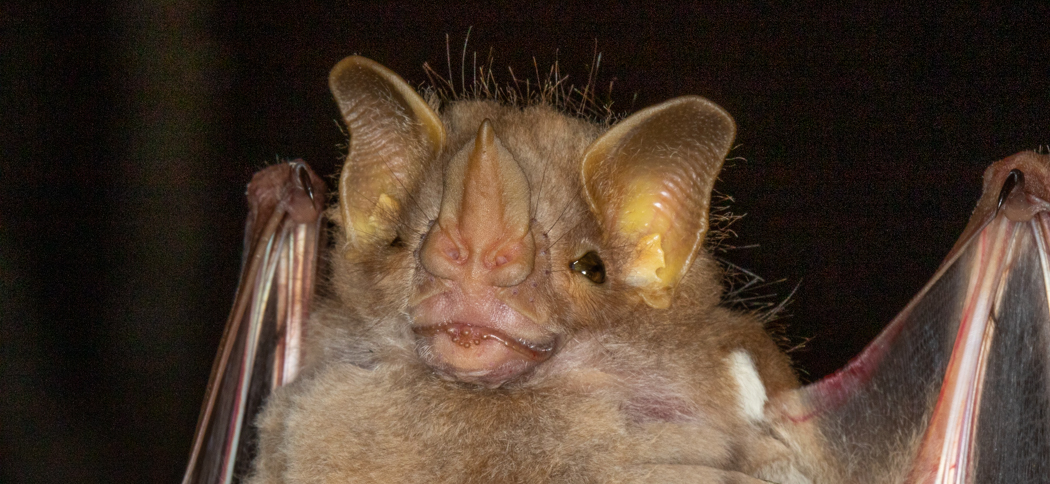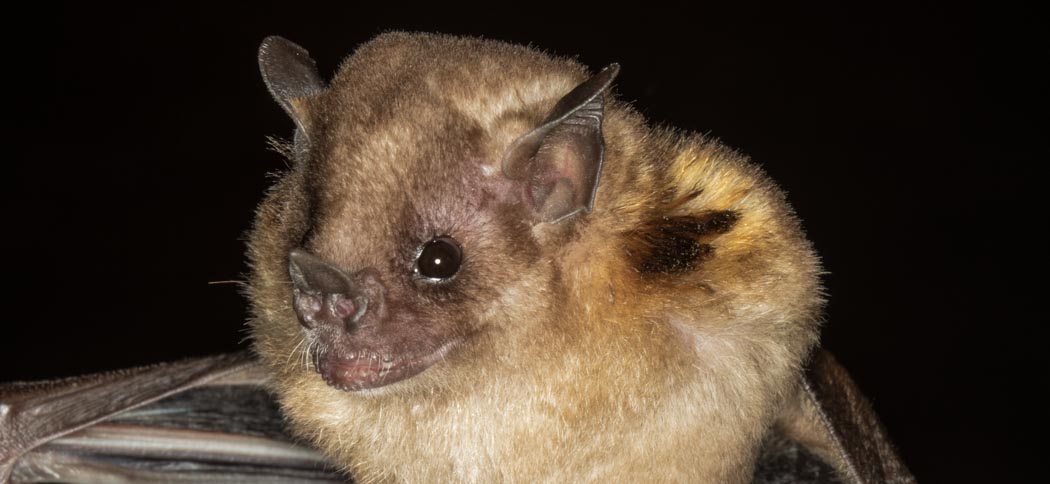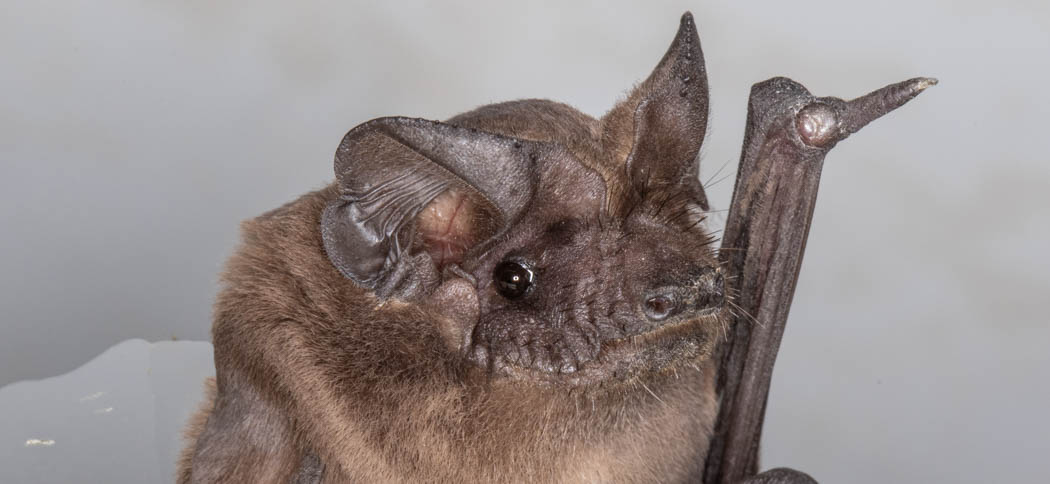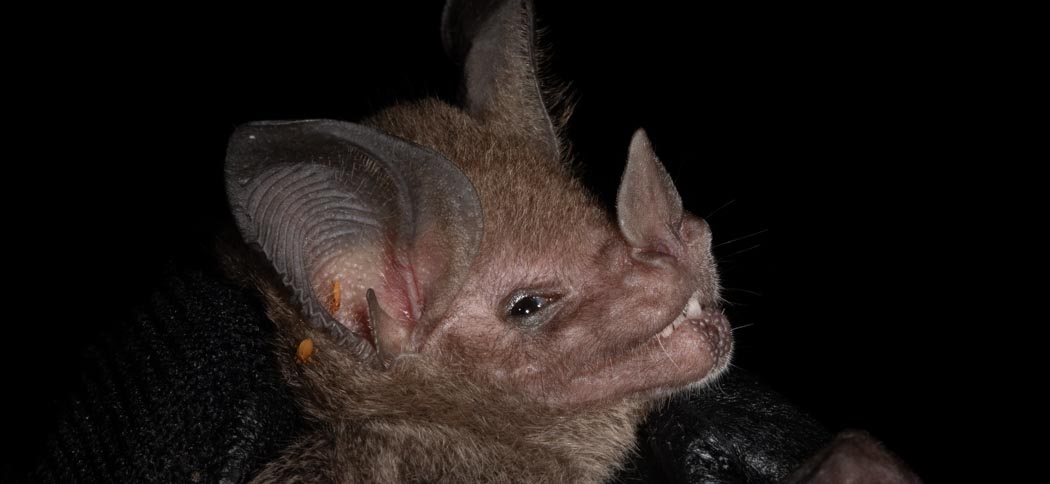
Strange Tails
We're delighted to have a strong population of strange-tailed tyrants at the reserve. So much so that we've adopted these beautiful and endangered birds as the symbol of the Trust
The growing diversity of the animals of Reserva Don Luis is a fresh source of delight every time we return. We don't play favourites, but it's impossible not to engage more with some of our more conspicuous guests. One of these is the strange-tailed tyrant. The male is stoic in his tolerance of one of nature's strangest - and it would seem least practical - adaptations. He's willing to suffer to be beautiful, and somehow manages to fly with tail feathers that were surely designed for a bird three times his size.
We love his perseverance; his resolution to succeed against challenge, and his ability to prove that anything is possible. He's appearing in growing numbers on the Reserva Do Luis, and his success has become an allegory for, and a symbol of, our own.
When we started the process of updating and redesigning our website, we wanted to adopt an image that symbolised our aims and our challenges. This brave little flycatcher, with his indomitable character, was the perfect choice.
The logo is a stylised profile of a male tyrant, silhouetted against the sunrise. We coloured the sun the blue of the Argentinian flag in honour of this country's beauty, its climate and the breathtaking span of magnificent animals that it nurtures.

Bat Research
Our bat team is conducting bat research both in the Ibera Marshes and in other provinces. We are especially concentrating on Misiones at the moment where we find the largest bat in Argentina, Chrotopterus auriitus and Myotis ruber, two species that we are researching.
Bat Species of Ibera
The Esteros del Ibera is a vast, relatively undiscovered wetland and, until recently, little study has been done on its bat species and certainly none in the northern gateway known as Cambyreta.
Due to the amount of water and thus insects, it is a paradise for insectivorous bats. Limitations are the amount of available roosts as there are few buildings and the trees are generally shorter than 15m. It is likely that bats come to hunt in the area from some of the small towns and villages around the wetlands. We also have an abundance of native fruit which attracts fruit eating species especially in the warmer months.
However we have found several tree roosts and the two houses, cabana and shed at the reserve are teeming with bats - mostly Molossus temminckii or Dwarf Dog-faced Bat and Eumops patagonicus or Patagonian Bonneted Bat.
We are well underway on a new bat call library for Corrientes/Misiones, and for this we need many bat recordings. We have already recorded around 16 different species of bat around the houses usually using a static recorder such as a Wildlife Acoustics SM4Bat. These we are placing in remote areas for around a week at a time and analysing the results using cluster analysis with Kaleidoscope Pro. We also record all hand releases of insectivorous bats.
The large lakes in Ibera are ideal for the family Noctilionidae which are known as the fishing Bats. We captured both Noctilio albiventris and its larger cousin, Noctilio leporinus along the banks of the River Parana in 2018. They both hunt low over the water, the former hunting insects and the latter small fish. We have some good recordings of both species on release and the shape of the pulse is very distinctive.
The majority of our bat research nowadays includes capturing bats for ID and biometrics in Corrientes and surrounding provinces, in particular Misiones. We have some high end equipment including 2 Harp traps, 1 triple high set up as well as a double high, many singles, hand nets etc. We also have a team of volunteers which assist in the running of our night netting sessions.
Our authorisations to conduct bat research in the province of Corrientes have been approved by Recurses Naturales and Parques y Reservas. We also now have authorisation to conduct research in Misiones, our neighbouring province to the NE, which has several new species for us to study. We have been asked by the Ministerio in Misiones to help with bat classifications in the province.
We put up several wooden Kent bat boxes at the reserve and one is constantly occupied byup to 9 small Molossidae bats, most likely Eumops patagonicus. We designed a "Bat Condo" based on the Wisconsin design and that has been up at the reserve since June 2018. So far we have only seen Myotis and Molossidae species using this large bathouse but often come across various bat droppings so other species may also use it.
We were honoured in 2019 to receive an AICOM award for Reserva Don Luis (see below). This is awarded to a limited amount of reserves and sites that have a population of bats and in which active bat conservation takes place.
The following photos are of bats we have caught, measured, identified, photographed, recorded and released over the past three years. Most of these bats can be found in Corrientes, and the majority in the Ibera Marshes.


